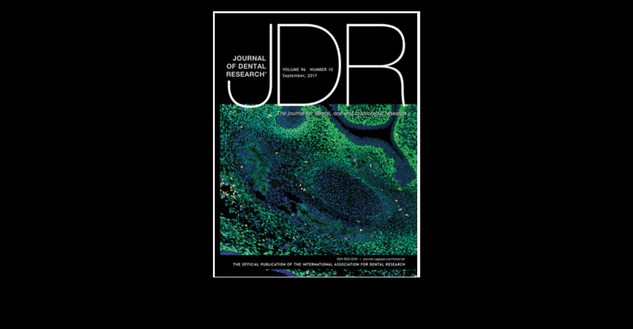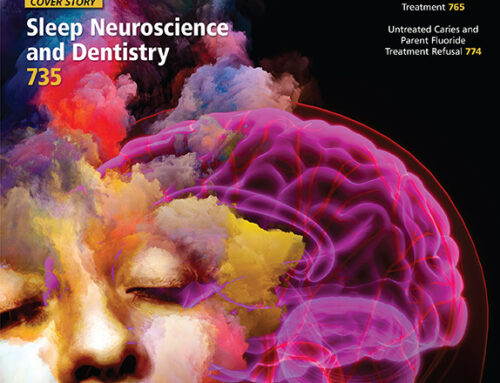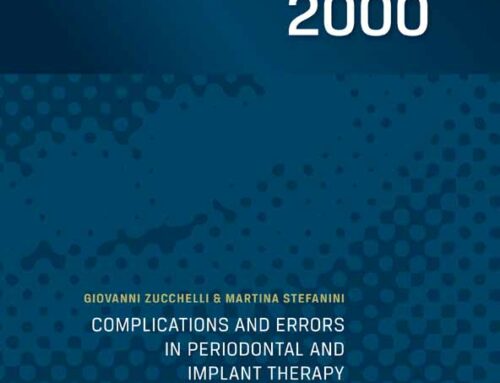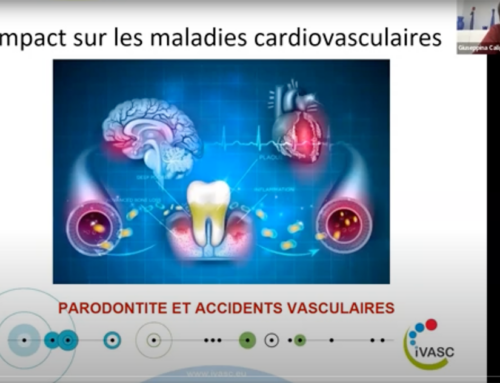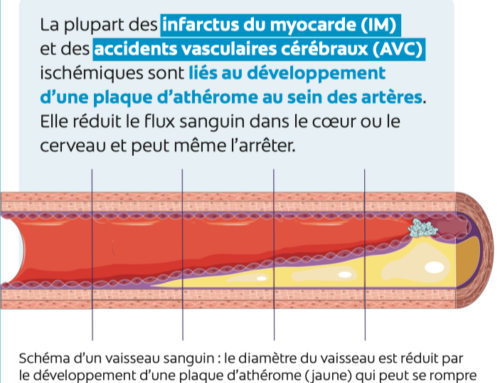Bien qu’il soit clair qu’une association entre maladie parodontale et maladies cardiovasculaires existe, nous ne savons toujours pas si cette association est causale. À ce jour, aucune étude randomisée n’a étudié si le traitement de la maladie parodontale pourrait affecter le risque pour les futurs événements cardiovasculaire — c’est là l’un des objectifs de notre RHU ! Dans cet article présenté ci-dessous, est rapportée la première étude observationnelle mettant en évidence la manière dont le traitement parodontal pourrait affecter le risque de maladie cardiovasculaire.
Holmlund A, Lampa E, Lind L (2017).
Poor Response to Periodontal Treatment May Predict Future Cardiovascular Disease
J Dent Res. 2017. Sept. PubMed.
Periodontal disease has been associated with cardiovascular disease (CVD), but whether the response to the treatment of periodontal disease affects this association has not been investigated in any large prospective study. Periodontal data obtained at baseline and 1 y after treatment were available in 5,297 individuals with remaining teeth who were treated at a specialized clinic for periodontal disease. Poor response to treatment was defined as having >10% sites with probing pocket depth >4 mm deep and bleeding on probing at >/=20% of the sites 1 y after active treatment. Fatal/nonfatal incidence rate of CVD (composite end point of myocardial infarction, stroke, and heart failure) was obtained from the Swedish cause-of-death and hospital discharge registers. Poisson regression analysis was performed to analyze future risk of CVD. During a median follow-up of 16.8 y (89,719 person-years at risk), those individuals who did not respond well to treatment (13.8% of the sample) had an increased incidence of CVD ( n = 870) when compared with responders (23.6 vs. 15.3%, P < 0.001). When adjusting for calendar time, age, sex, educational level, smoking, and baseline values for bleeding on probing, probing pocket depth >4 mm, and number of teeth, the incidence rate ratio for CVD among poor responders was 1.28 (95% CI, 1.07 to 1.53; P = 0.007) as opposed to good responders. The incidence rate ratio among poor responders increased to 1.39 (95% CI, 1.13 to 1.73; P = 0.002) for those with the most remaining teeth. Individuals who did not respond well to periodontal treatment had an increased risk for future CVD, indicating that successful periodontal treatment might influence progression of subclinical CVD.

